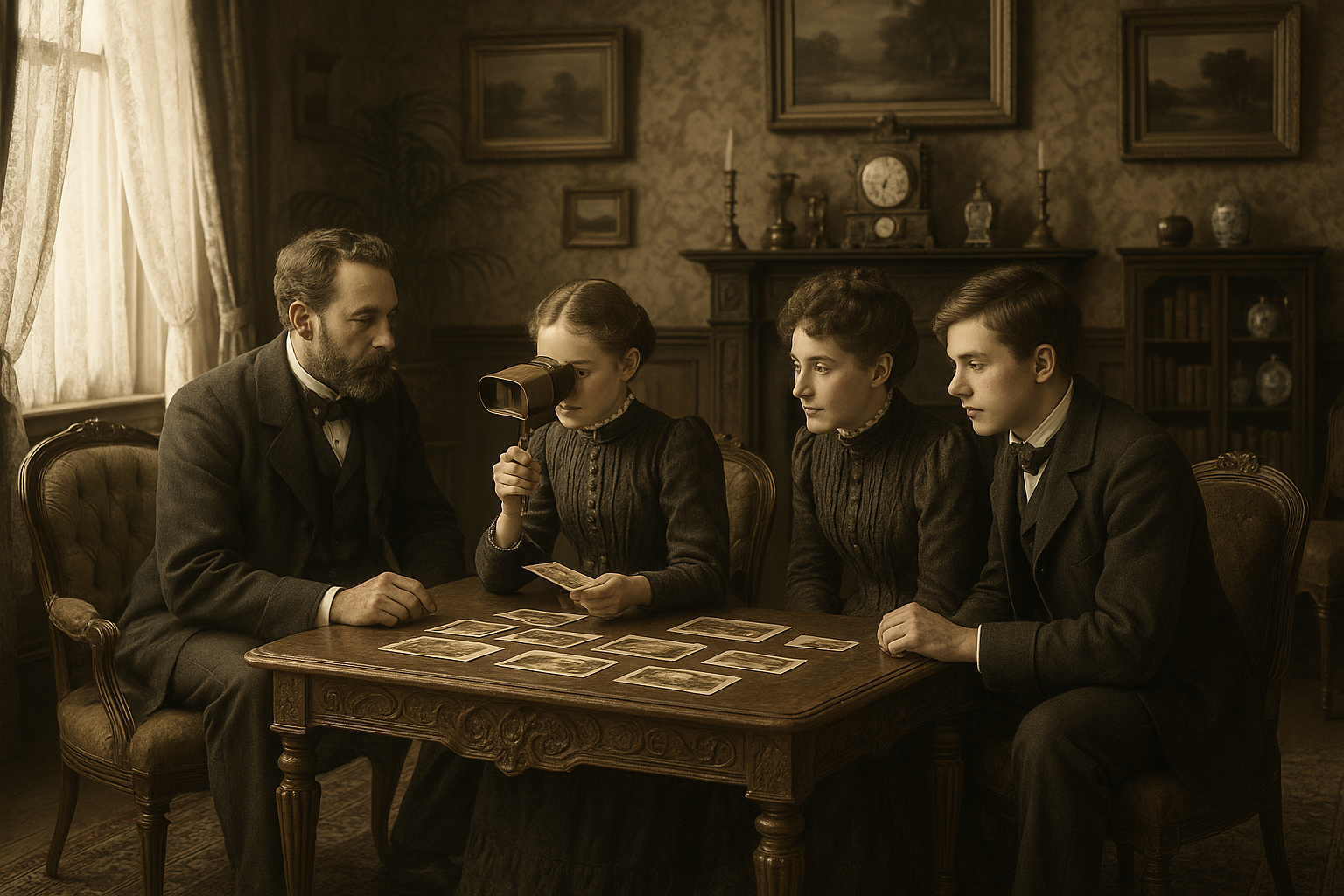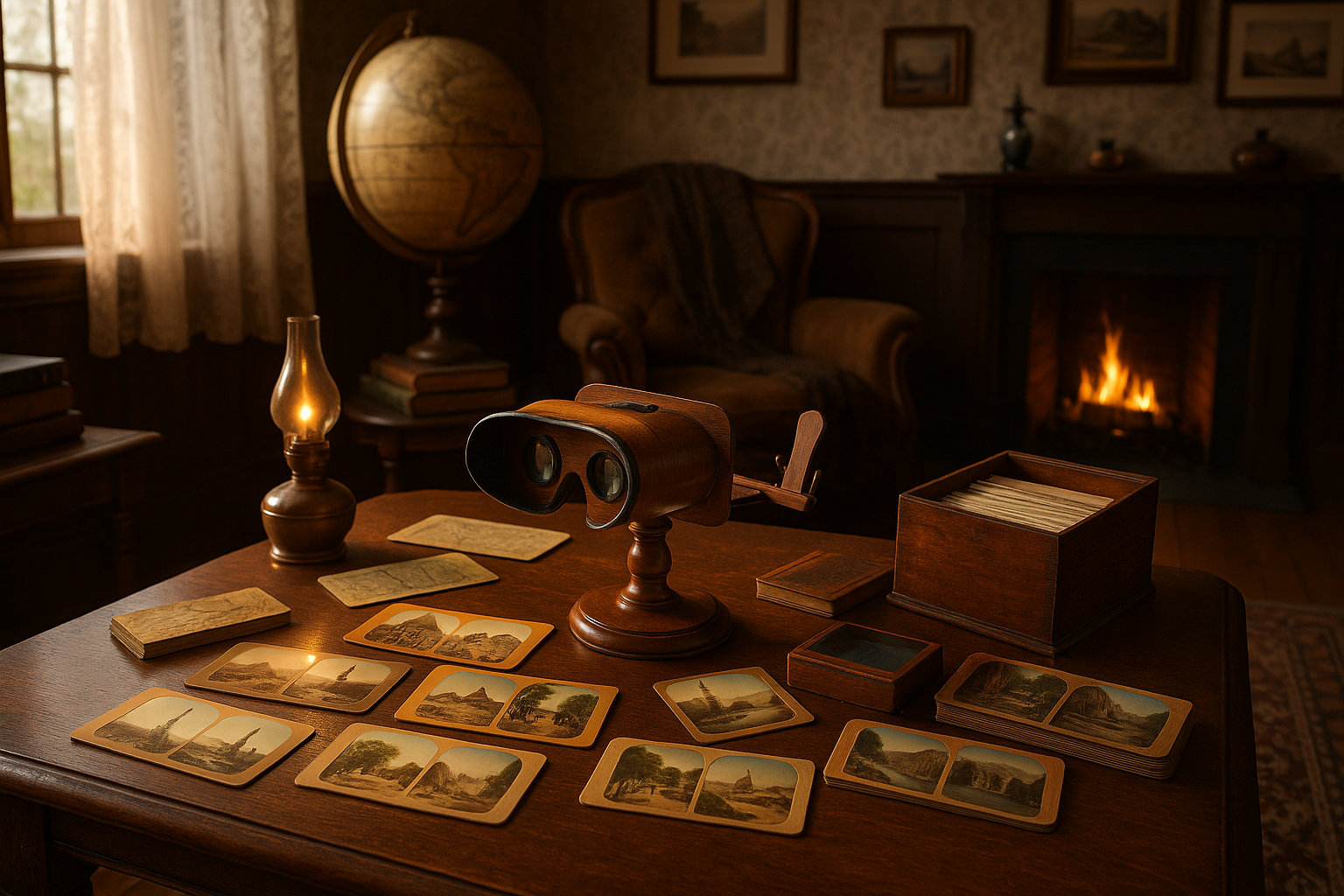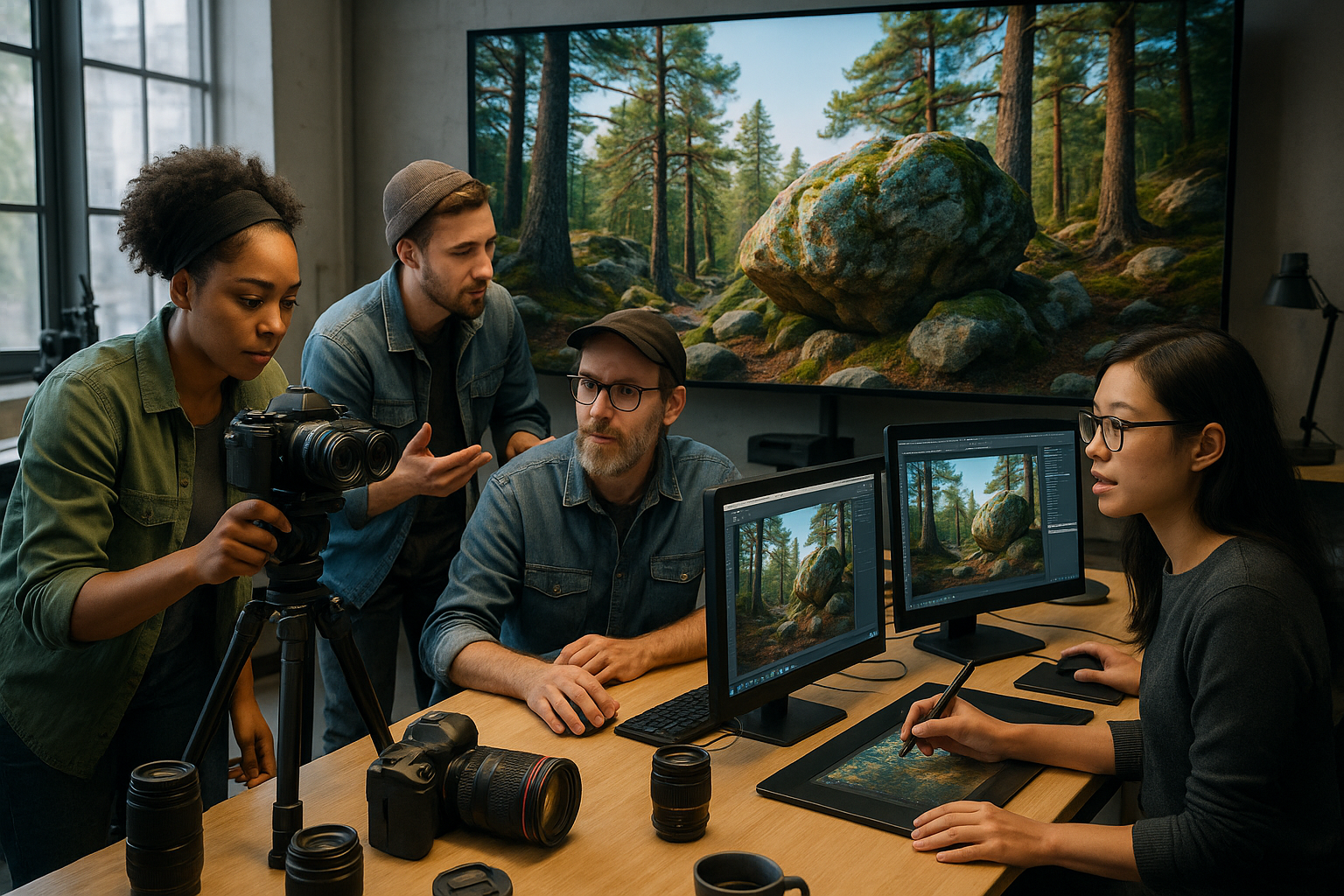Optical philosophy explores how our eyes and minds collaborate to construct the world we experience, revealing that reality may be less objective than we think. 🧠✨
The ancient question of whether we see the world as it truly is or merely as our perceptions allow has fascinated philosophers, scientists, and thinkers for millennia. Optical philosophy sits at the fascinating intersection of physics, neuroscience, psychology, and metaphysics, challenging our most basic assumptions about existence and consciousness. This exploration into how perception shapes reality invites us to reconsider everything we think we know about the nature of truth and experience.
The Historical Foundations of Optical Philosophy 👁️
The relationship between vision and reality has preoccupied human thought since ancient times. Greek philosophers like Plato proposed that our sensory experiences are merely shadows of true forms existing in a higher realm. His famous Allegory of the Cave illustrated how our perceptions might be fundamentally limited, showing prisoners who mistake shadows on a wall for reality itself.
Aristotle took a different approach, suggesting that perception provides direct access to the world’s properties. This debate between rationalist and empiricist views of perception would echo through centuries of philosophical discourse, influencing how we understand consciousness and reality.
During the Islamic Golden Age, scholars like Alhazen revolutionized optical science by demonstrating that vision results from light entering the eye rather than emanating from it. This groundbreaking work laid the foundation for modern optics and challenged prevailing theories about how perception operates.
The Science Behind What We See
Modern neuroscience has revealed that perception is far more complex than a simple recording of external reality. When light enters our eyes, it triggers a cascade of neural processes that actively construct our visual experience. The brain doesn’t passively receive images; it interprets, filters, and creates what we perceive.
Approximately 30% of the human brain is dedicated to processing visual information. This massive neural investment demonstrates how crucial vision is to our survival and experience. However, this complexity also means there are countless opportunities for our perceptions to diverge from objective reality.
Neural Processing and Perceptual Construction
The journey from photons hitting our retinas to conscious visual experience involves multiple stages of processing. Retinal cells convert light into electrical signals, which travel through the optic nerve to various brain regions. The visual cortex then analyzes edges, colors, movements, and patterns, while higher-order areas integrate this information with memory, expectations, and context.
Remarkably, much of what we “see” is actually predicted by our brains based on prior experience. When information is ambiguous or incomplete, our neural networks fill in gaps using learned patterns. This predictive processing explains why optical illusions work so effectively—they exploit the assumptions our brains make about the visual world.
Optical Illusions as Windows Into Perception 🎨
Optical illusions aren’t mere curiosities or party tricks; they’re profound demonstrations of how perception actively constructs reality. These phenomena reveal the hidden mechanisms our brains use to interpret sensory data, exposing the gap between what exists and what we experience.
The famous Müller-Lyer illusion, where lines of equal length appear different due to arrow-like endings, demonstrates how context influences perception. Our brains interpret these configurations using depth cues learned from experience with three-dimensional environments, causing us to perceive differences that don’t physically exist.
Color perception offers another striking example. The dress that broke the internet in 2015—appearing blue and black to some viewers, white and gold to others—illustrated how individuals can construct radically different perceptions from identical sensory input. This phenomenon results from differences in how brains interpret lighting conditions and make assumptions about illumination.
What Illusions Teach Us About Reality
These perceptual quirks aren’t flaws in our visual system but rather features that usually serve us well. Our brains evolved to make rapid, useful interpretations of sensory data rather than to provide philosophically perfect representations of reality. In most situations, these predictive strategies help us navigate the world efficiently and survive.
However, recognizing that our perceptions are constructions rather than direct readings of reality has profound implications. It suggests that objective reality, if it exists at all, may be fundamentally inaccessible to us. We’re always interpreting, never simply observing.
The Phenomenology of Visual Experience
Phenomenology, the philosophical study of conscious experience, provides valuable frameworks for understanding how perception shapes reality. Thinkers like Maurice Merleau-Ponty emphasized that perception isn’t a mental process separate from the world but rather our primary mode of engaging with it.
According to phenomenological approaches, we don’t first see raw sensory data and then interpret it. Instead, we directly perceive meaningful objects and situations. When you see a chair, you don’t consciously process lines, colors, and shapes before concluding “chair.” You immediately perceive a chair—an object with affordances, meanings, and relationships to your body and intentions.
This perspective challenges the traditional model of perception as information processing, suggesting instead that perception is an embodied, situated activity. Our physical bodies, cultural backgrounds, personal histories, and current goals all shape what we perceive and how we experience it.
Cultural Variations in Perception 🌍
Research in cross-cultural psychology has revealed fascinating variations in how people from different cultures perceive the same visual stimuli. These differences aren’t superficial but reflect fundamentally different ways of organizing perceptual experience.
Western observers tend to focus on focal objects and categorize them independently of context, while East Asian observers typically attend more to relationships between objects and their backgrounds. These perceptual styles correlate with broader cultural differences in thinking patterns, social organization, and philosophical traditions.
The Müller-Lyer illusion affects people differently depending on their visual environment during development. Individuals raised in “carpentered environments” with many right angles and rectangular structures experience the illusion more strongly than those from cultures with more circular architecture. This demonstrates that even basic visual perception is shaped by cultural experience.
Language and Perceptual Categories
The relationship between language and perception offers another dimension to understanding how culture shapes reality. The Sapir-Whorf hypothesis suggests that linguistic categories influence how we perceive and think about the world. While strong versions of this hypothesis have been debunked, research confirms that language does affect certain perceptual processes.
Color perception provides compelling evidence. Languages divide the color spectrum differently, and speakers of languages with different color terms sometimes perceive color boundaries differently. Russian speakers, who have separate basic terms for light blue and dark blue, can distinguish these colors more quickly than English speakers in certain tasks.
The Neuroscience of Perceptual Learning
Our perceptual systems remain plastic throughout life, capable of learning and adapting to new experiences. This neuroplasticity means that reality as we perceive it can literally change through training and experience. Experts in various fields develop enhanced perceptual abilities in their domains of expertise.
Radiologists learn to see patterns in X-rays that are invisible to untrained observers. Musicians develop enhanced auditory perception, detecting subtle differences in pitch, timbre, and rhythm. Wine experts perceive flavors and aromas that others miss. These aren’t simply differences in knowledge or interpretation—they represent genuine changes in perceptual experience.
Studies using brain imaging have confirmed that perceptual expertise involves changes in early sensory processing areas, not just higher-level cognitive regions. This means that experts literally see, hear, or taste differently than novices. Their reality has been shaped by experience.
Attention and the Construction of Experience 🎯
Perhaps nothing demonstrates the active nature of perception more dramatically than the phenomenon of attention. We can only consciously process a tiny fraction of the sensory information available at any moment. Attention acts as a filter, determining what enters awareness and what remains unconscious.
The famous “invisible gorilla” experiment illustrates this vividly. When participants focus on counting basketball passes, about half fail to notice a person in a gorilla suit walking through the scene. This inattentional blindness shows that unattended stimuli may not enter conscious experience at all, even when they’re clearly visible.
Attention doesn’t just determine what we notice; it actually enhances processing of attended stimuli while suppressing unattended information. Brain regions responding to attended objects show increased activity, while those responding to ignored objects show reduced activity. In this sense, attention literally constructs our experienced reality moment by moment.
The Limits of Conscious Awareness
The selective nature of attention reveals that our conscious experience represents only a small sample of available information. Much of what determines our behavior and decisions happens outside awareness. This raises profound questions about free will, self-knowledge, and the nature of consciousness itself.
Studies of subliminal perception demonstrate that unconscious processing can influence behavior without entering awareness. Stimuli presented too briefly for conscious recognition can still affect subsequent choices and judgments. This suggests that reality as consciously experienced is just the tip of the iceberg of mental processing.
Predictive Processing and the Bayesian Brain
Contemporary neuroscience increasingly views the brain as a prediction machine that constantly generates hypotheses about the causes of sensory input. This predictive processing framework suggests that perception is essentially controlled hallucination, constrained by sensory data but not determined by it.
According to this model, the brain maintains internal models of the world and uses them to predict incoming sensory signals. Perception arises from the brain’s best guess about what’s causing its sensory inputs, updated when predictions don’t match reality. This framework explains many perceptual phenomena, from illusions to hallucinations to normal experience.
The implications are striking: what we perceive is always the brain’s interpretation, its best hypothesis about reality rather than reality itself. Our experiences are simulations—incredibly sophisticated, usually accurate simulations, but simulations nonetheless.
Philosophical Implications for Reality and Knowledge 🤔
If perception actively constructs rather than passively receives reality, what does this mean for truth, objectivity, and knowledge? These questions have occupied philosophers for centuries and remain relevant today as neuroscience reveals the mechanisms of perceptual construction.
One response is constructivism, which suggests that reality as we know it is fundamentally a construction of minds rather than an independent entity. This doesn’t necessarily mean nothing exists outside consciousness, but it does suggest that the world of our experience is shaped by our perceptual and cognitive structures.
Critical realism offers a middle path, acknowledging that while our perceptions are constructed and fallible, they provide access to real features of an independently existing world. According to this view, scientific methods can help us distinguish more accurate from less accurate perceptions and build reliable knowledge despite our perceptual limitations.
The Problem of Shared Reality
If each individual constructs their own perceptual reality, how do we achieve shared understanding and communication? The answer lies partly in our common biology—humans share similar perceptual systems—and partly in culture, which provides shared frameworks for organizing experience.
Language, social practices, and collaborative activities help align individual perspectives, creating intersubjective realities that feel objective. Science represents a particularly powerful method for achieving consensus by establishing shared standards for observation and verification.
Practical Applications and Implications ✨
Understanding how perception shapes reality has practical implications across numerous domains. In education, recognizing that learning involves perceptual development suggests teaching methods that engage multiple senses and provide varied perspectives on material.
In design, awareness of perceptual principles enables creating interfaces, environments, and products that work with rather than against human perceptual systems. User experience designers increasingly draw on perceptual psychology to create intuitive, accessible designs.
In medicine and therapy, understanding the constructed nature of experience opens possibilities for therapeutic interventions. Mindfulness practices, cognitive behavioral therapy, and other approaches work partly by changing how people perceive and interpret their experiences.
Toward a New Understanding of Consciousness
Optical philosophy and the science of perception contribute to ongoing efforts to understand consciousness itself. If perception actively constructs experience rather than passively receiving it, consciousness may be fundamentally creative rather than merely receptive.
This perspective aligns with emerging theories that view consciousness as a process rather than a thing, an activity of construction and interpretation rather than a static property. Understanding perception as construction may help explain how subjective experience arises from physical processes in the brain.
The hard problem of consciousness—explaining how and why physical processes give rise to subjective experience—remains unsolved. However, recognizing that perception involves active construction rather than passive reception provides important clues. Perhaps consciousness is precisely this constructive activity, the ongoing process of creating experience from sensory data.
Embracing Perceptual Humility
Recognizing that our perceptions construct rather than simply reveal reality invites intellectual humility. What seems obviously true may reflect the limitations and biases of our perceptual systems rather than objective fact. This awareness can make us more open to different perspectives and less certain of our immediate impressions.
At the same time, this understanding need not lead to radical skepticism or paralysis. Our perceptions, while constructed, are generally reliable guides to navigating the world. Evolution has shaped our perceptual systems to provide useful rather than perfect information, and this usefulness allows us to act effectively.
The key is holding two truths simultaneously: perception shapes our reality in profound ways, yet this constructed reality still constrains what we can do and believe. We navigate a world that’s both objectively real and subjectively experienced, neither purely discovered nor purely invented.
Optical philosophy ultimately reveals that the relationship between perception and reality is far more complex and fascinating than common sense suggests. By exploring how our visual systems and cognitive processes actively construct experience, we gain insight into the nature of consciousness, knowledge, and existence itself. This understanding enriches our appreciation of both the external world and our internal experiences, revealing the profound creativity involved in every moment of perception. The secrets of optical philosophy remind us that reality as we know it emerges from the collaboration between world and mind, objective and subjective, discovered and created. 🌟
Toni Santos is a visual historian and artisan whose creative lens is captivated by the forgotten marvels of antique optical devices. Through his thoughtful storytelling, Toni revives the instruments that once transformed light into wonder—camera obscuras, magic lanterns, kaleidoscopes, and other ingenious tools that shaped our earliest visual imaginations.
His journey is rooted in a fascination with how humans have long sought to bend, reflect, and reveal the unseen. Whether tracing the mechanical poetry of 19th-century projectors or illustrating the tactile elegance of early lenses, Toni’s work invites us to see vision itself as an evolving art form.
Blending handcrafted design with historical inquiry, Toni brings to life the material soul of these devices—celebrating not just how they functioned, but what they meant. His creations and curated stories illuminate a world where science, illusion, and beauty were intricately linked through glass and brass.
As the curator of Vizovex, Toni shares detailed studies, reconstructed artifacts, and immersive content that help others rediscover the origins of visual technology and the magic of analog perception.
His work is a tribute to:
The craftsmanship behind early visual instruments
The wonder of seeing through the eyes of another century
The intersection of optics, art, and imagination
Whether you’re a collector, a designer, or someone drawn to the lost poetry of vision, Toni welcomes you into a world where light is a storyteller—one prism, one lens, one forgotten invention at a time.





